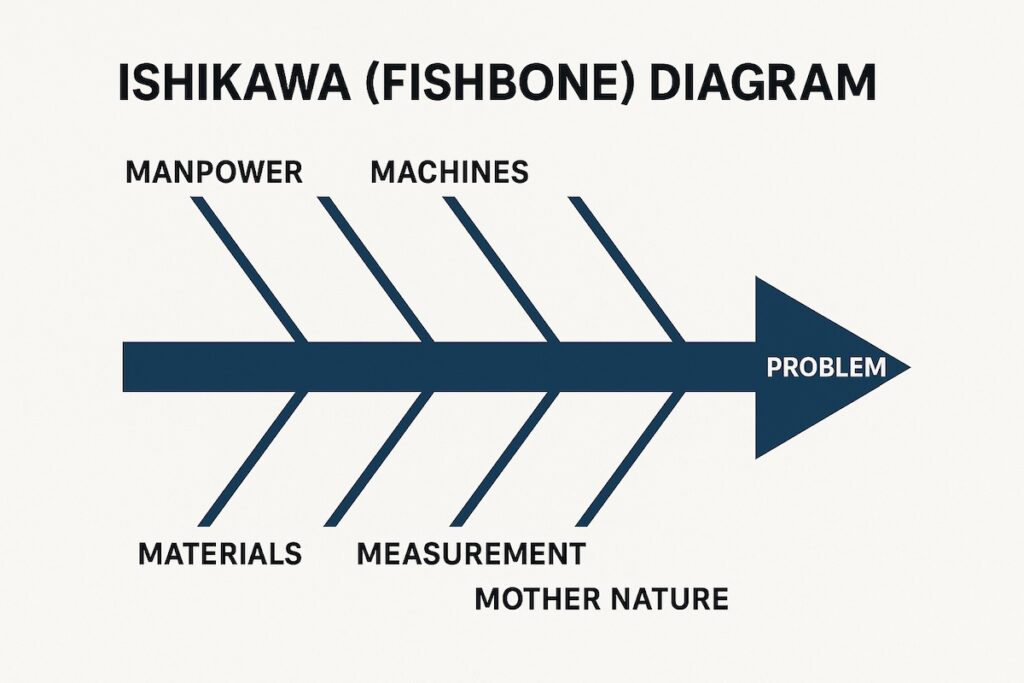If you want to know whether a project is on track, don’t just look at the Gantt chart or the budget spreadsheet—look at the quality metrics.
Over my years leading distributed teams across tech, finance, and digital media, I’ve learned that quality metrics are more than a way to measure deliverables—they’re leading indicators of whether a project will succeed or fail. When you monitor them consistently and interpret them in context, they can reveal trouble long before the schedule slips or the budget overruns.
Why Quality Metrics Matter
Project success isn’t just delivering on time and within budget—it’s delivering something that meets requirements, satisfies stakeholders, and performs reliably in real-world conditions.
Quality metrics give you an objective way to track whether your outputs are meeting those expectations. They help you:
- Detect defects and process inefficiencies early.
- Predict downstream risks before they hit critical milestones.
- Provide stakeholders with evidence-based confidence in delivery.
Choosing the Right Quality Metrics
Not all metrics are created equal. A bloated dashboard with 30 KPIs is a distraction. A short, focused set of metrics tied directly to your project’s definition of success is far more valuable.
Here are metrics I’ve found reliable across industries:
- Defect Density – The number of defects per unit of deliverable (e.g., per 1,000 lines of code, per feature, per manufactured unit).
- First-Pass Yield – Percentage of deliverables that meet quality standards without rework.
- Rework Effort – Hours spent fixing issues compared to total project effort.
- Test Coverage and Pass Rates – Breadth and effectiveness of verification activities.
- Customer Satisfaction Scores – Feedback from pilots, user acceptance testing, or early releases.
Leading Indicators, Not Just Lagging Indicators
The most valuable quality metrics act as leading indicators—they hint at problems before they escalate. For example:
- A steady increase in defect density in early sprints often forecasts post-release instability.
- Rising rework effort is a sign that upstream processes (requirements gathering, design) need attention.
When you see these patterns early, you can intervene before they cause cascading delays.
How Quality Metrics Predict Success: Two Scenarios
Scenario 1 – SaaS Product Launch
In a SaaS platform rollout, our defect density dropped steadily from sprint to sprint, and first-pass yield in final integration tests hit 98%. These metrics gave us confidence to move forward with a high-profile launch date—and post-launch defect reports were minimal.
Scenario 2 – Digital Marketing Platform Integration
On a marketing automation platform integration, we saw rework effort climb from 8% to 20% over two months. That triggered a process review, where we discovered a misalignment between requirements and development handoff. Fixing the handoff process reversed the trend and saved the delivery schedule.
Making Metrics Work for You
- Integrate into the Quality Management Plan – Define metrics up front; don’t bolt them on later.
- Automate Collection Where Possible – Reduce manual reporting overhead so data stays accurate and timely.
- Contextualize the Data – A spike in defects isn’t always bad—during active integration phases, it’s expected.
- Share Metrics Transparently – Build trust by giving stakeholders visibility into trends and actions taken.
Final Thought
Quality metrics aren’t just about compliance—they’re about foresight. If you’re tracking the right ones, they become an early-warning system that helps you correct course before failure becomes inevitable.
In my teams, we’ve learned to treat quality metrics as seriously as schedule or cost performance indexes. Because at the end of the day, a project delivered on time and on budget but without quality isn’t a success—it’s a liability.




